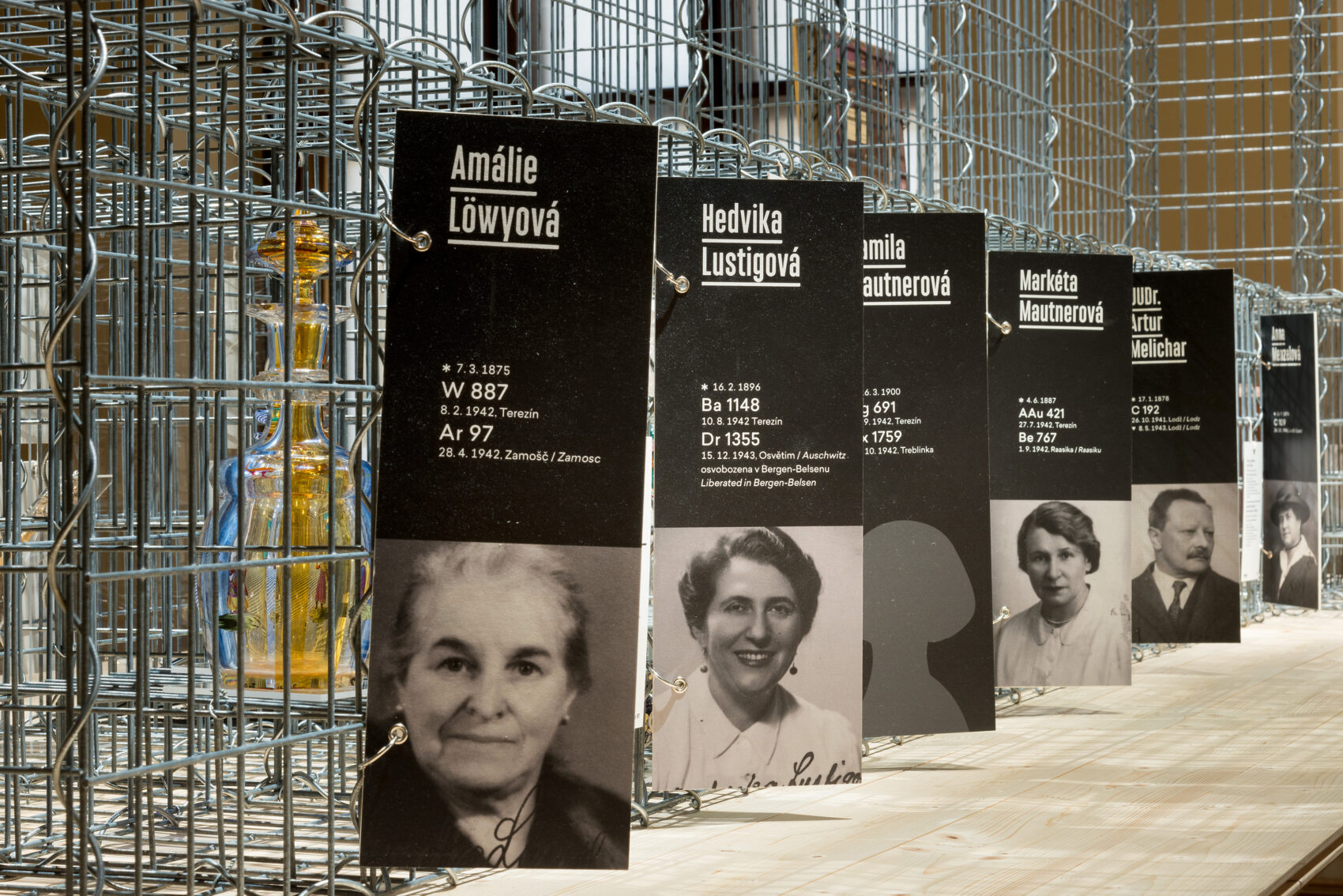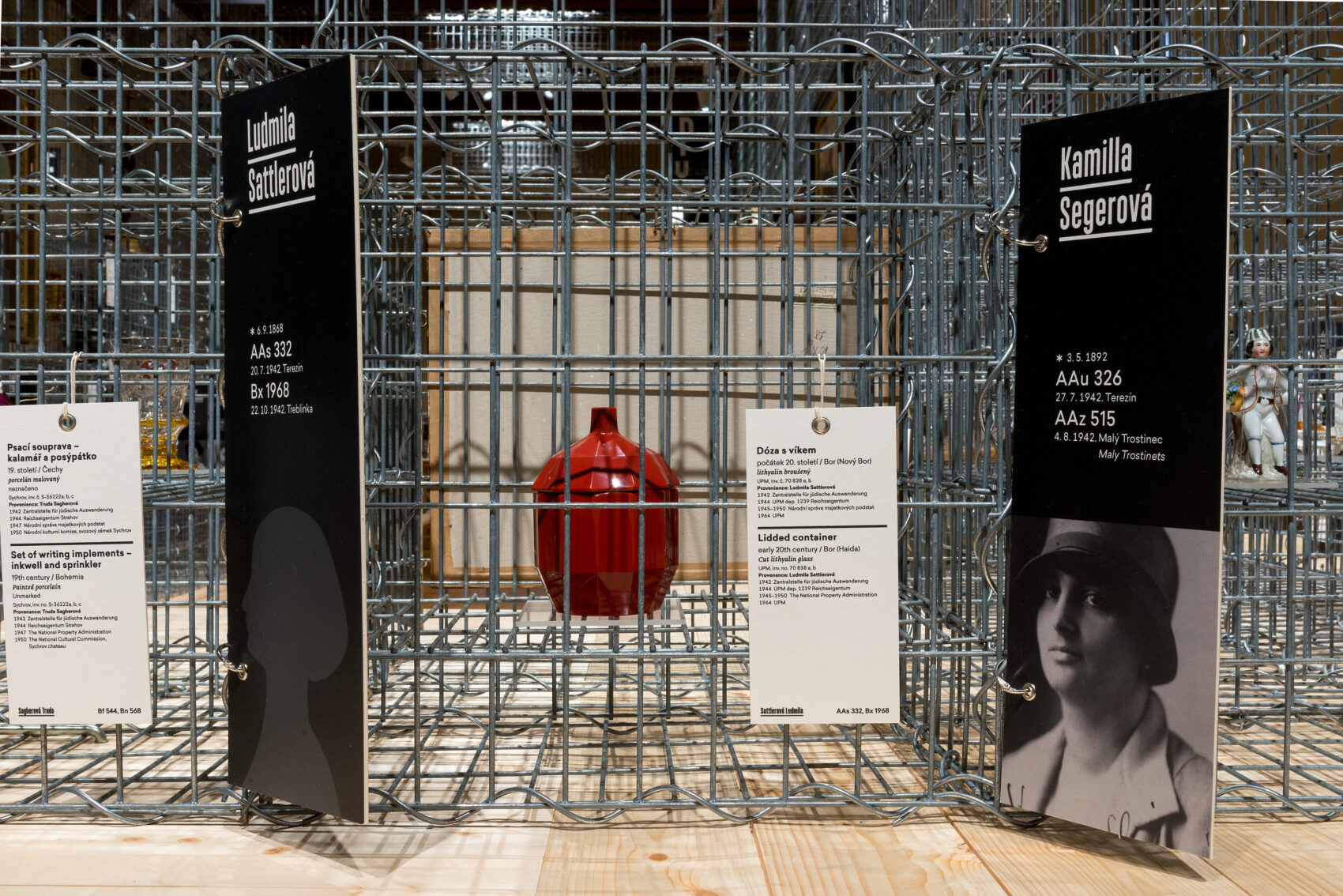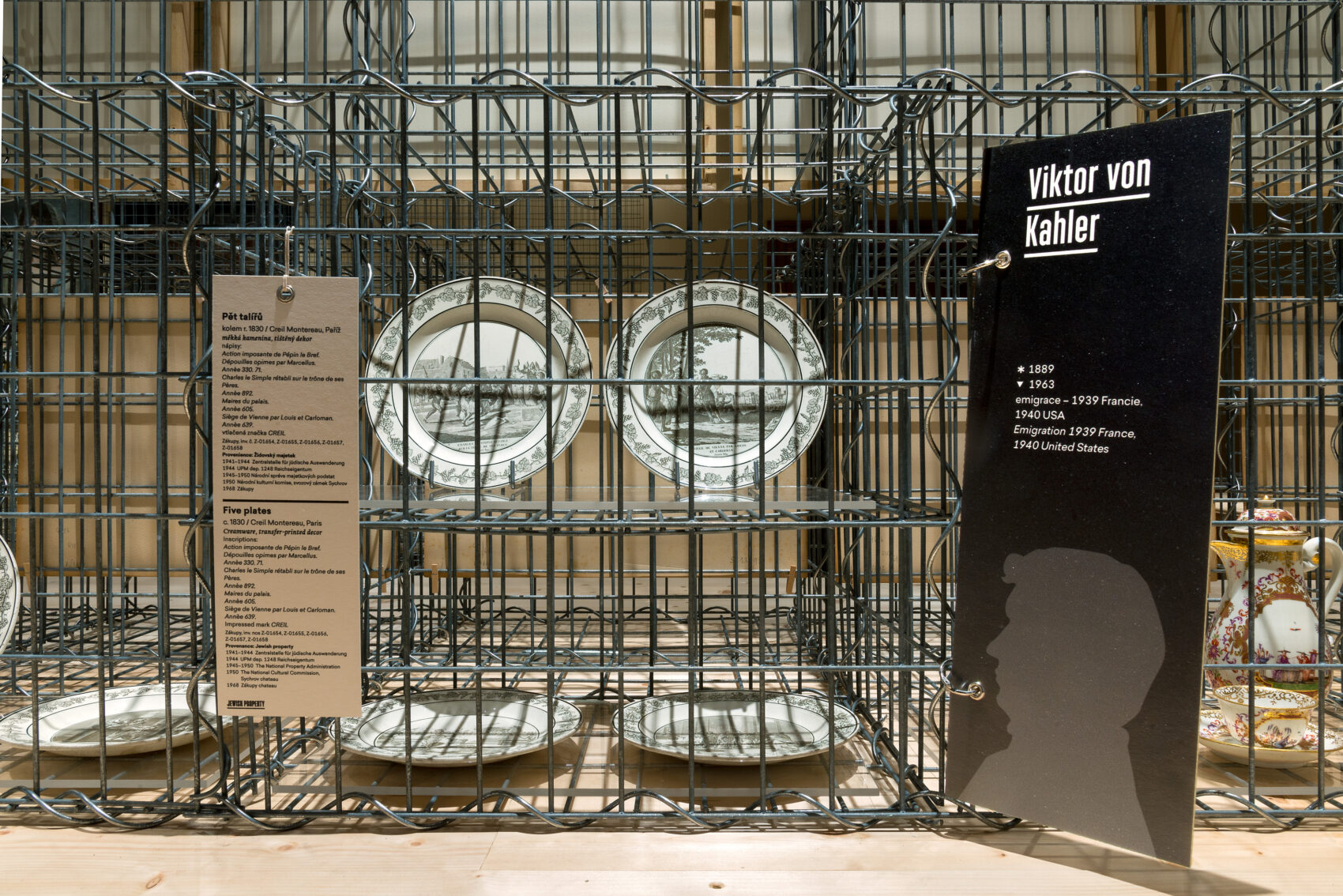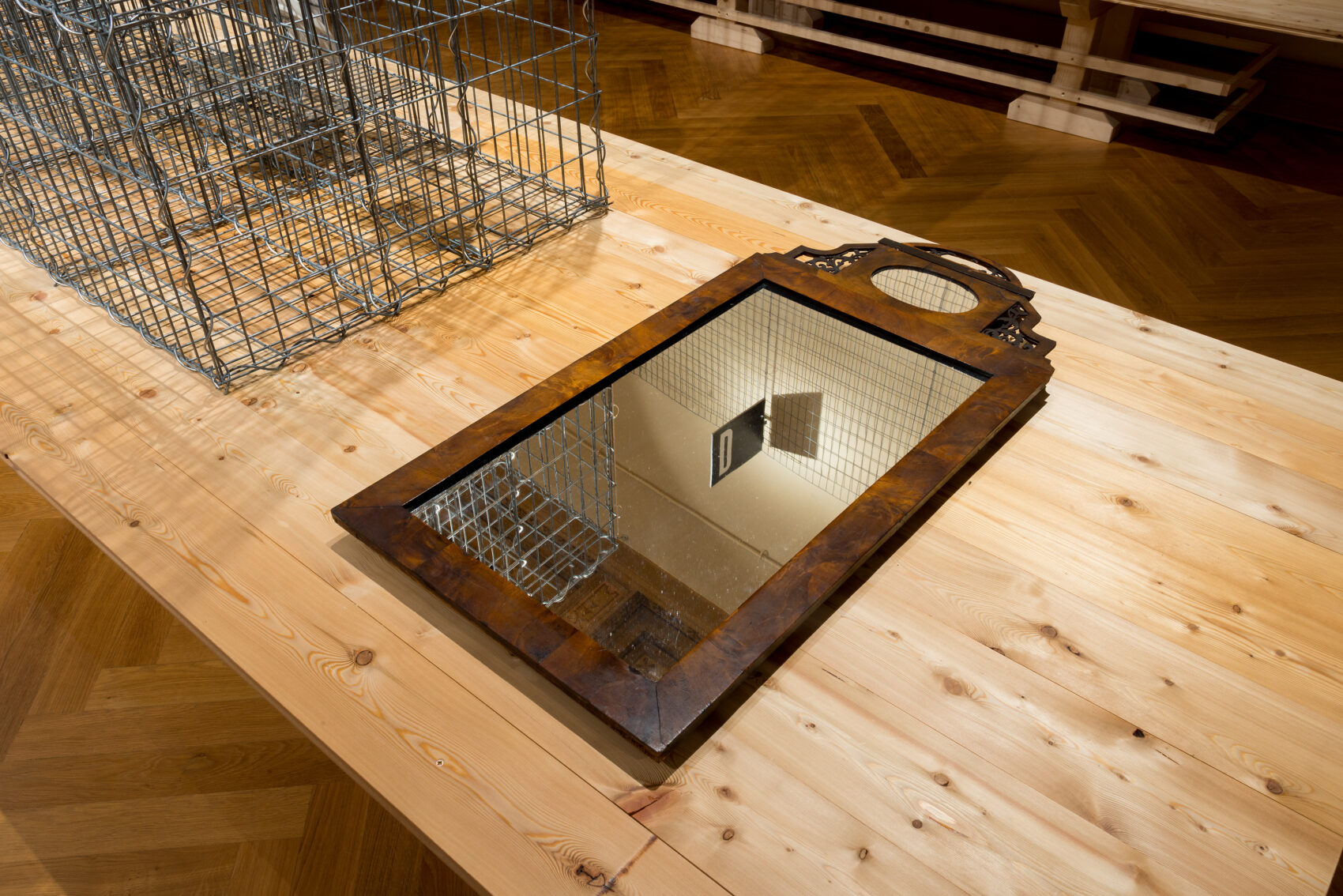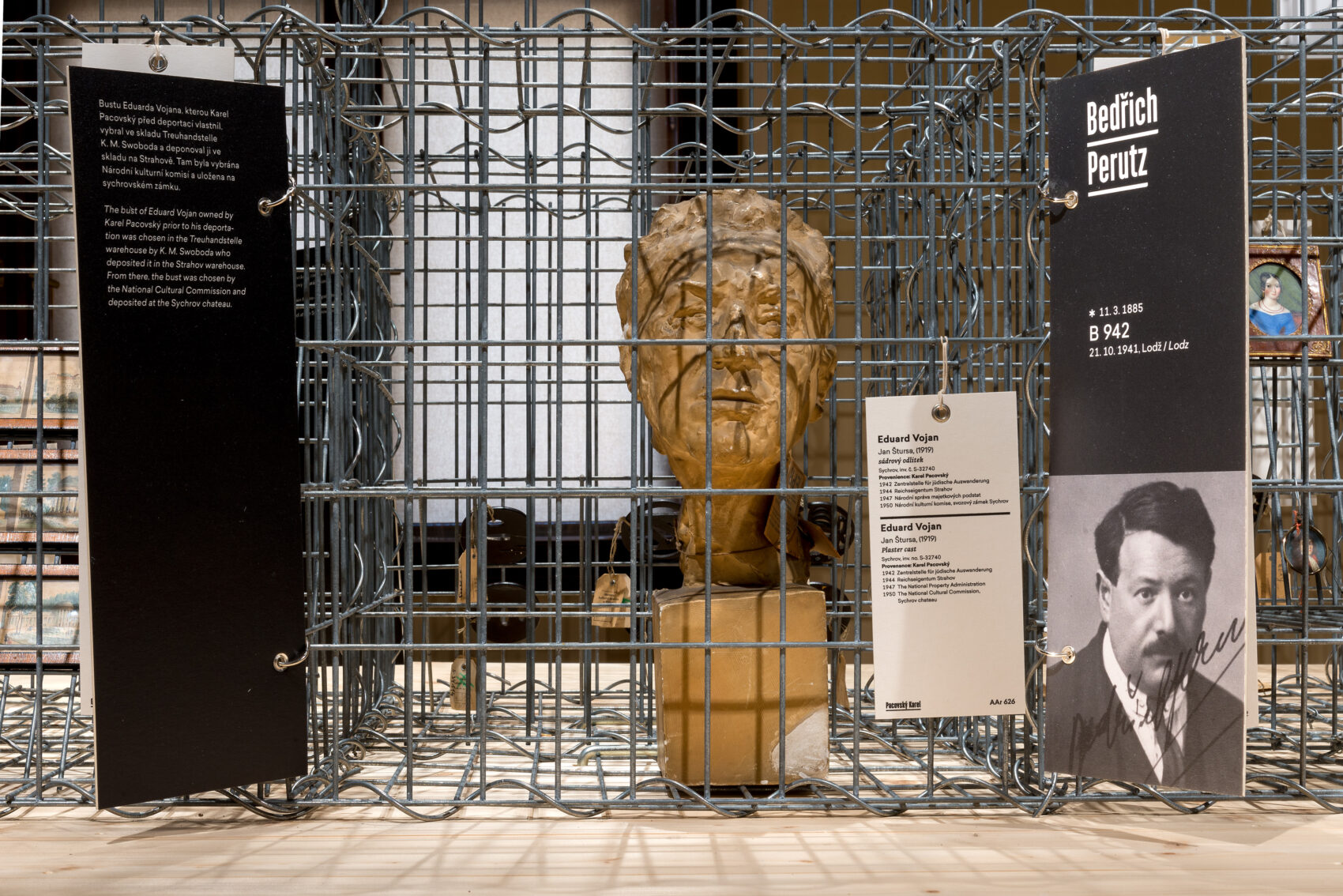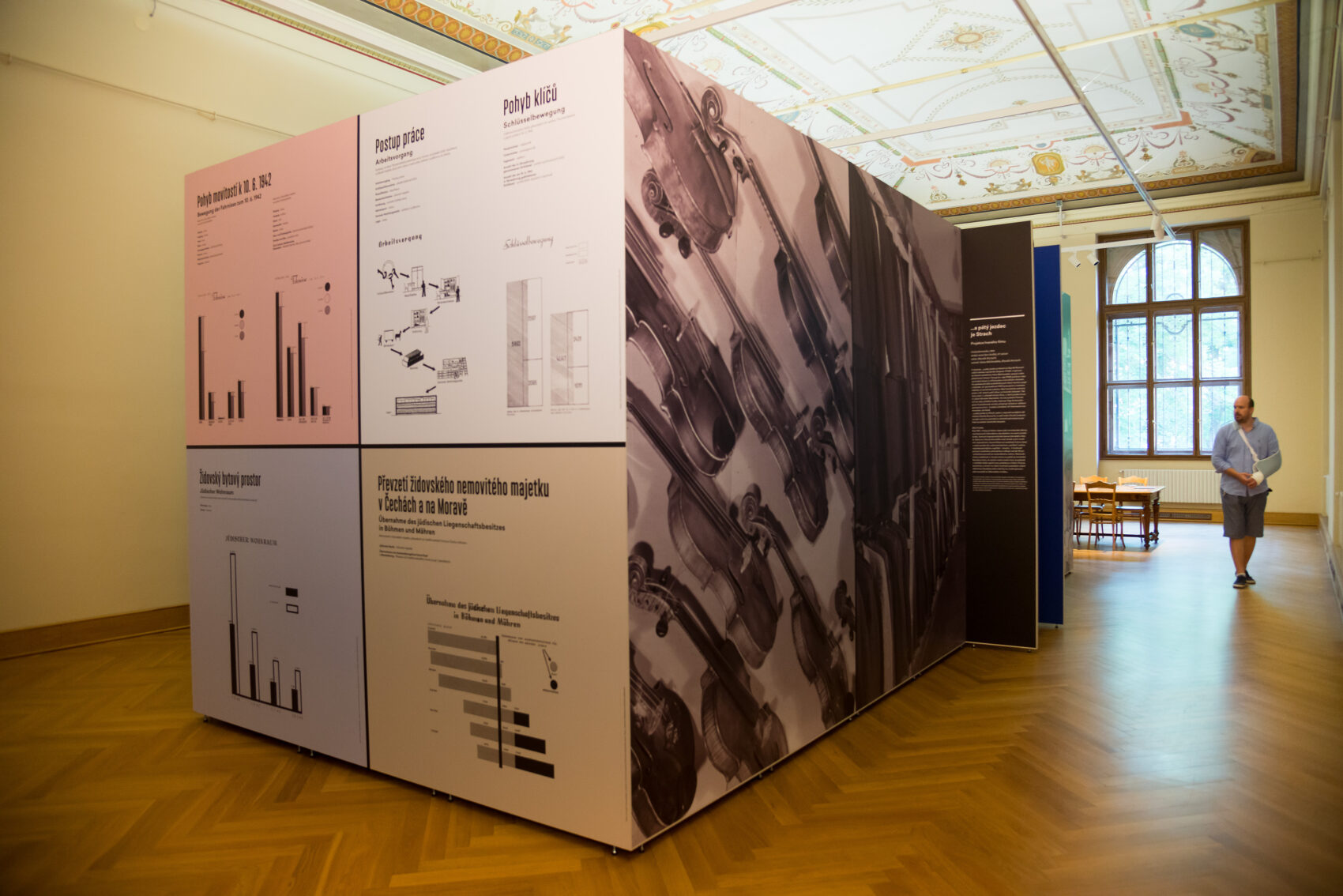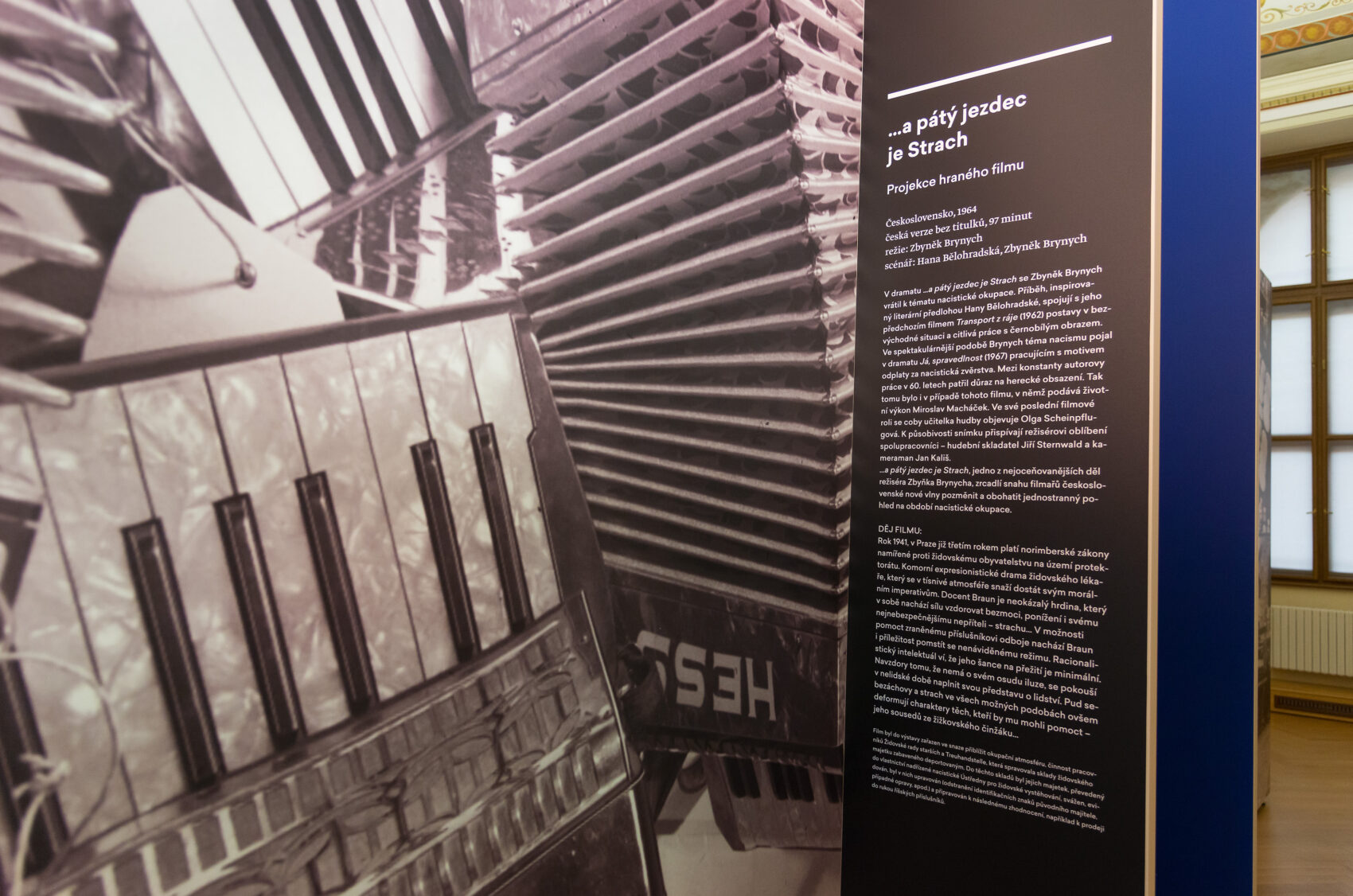20.06.2019 – 03.11.2019
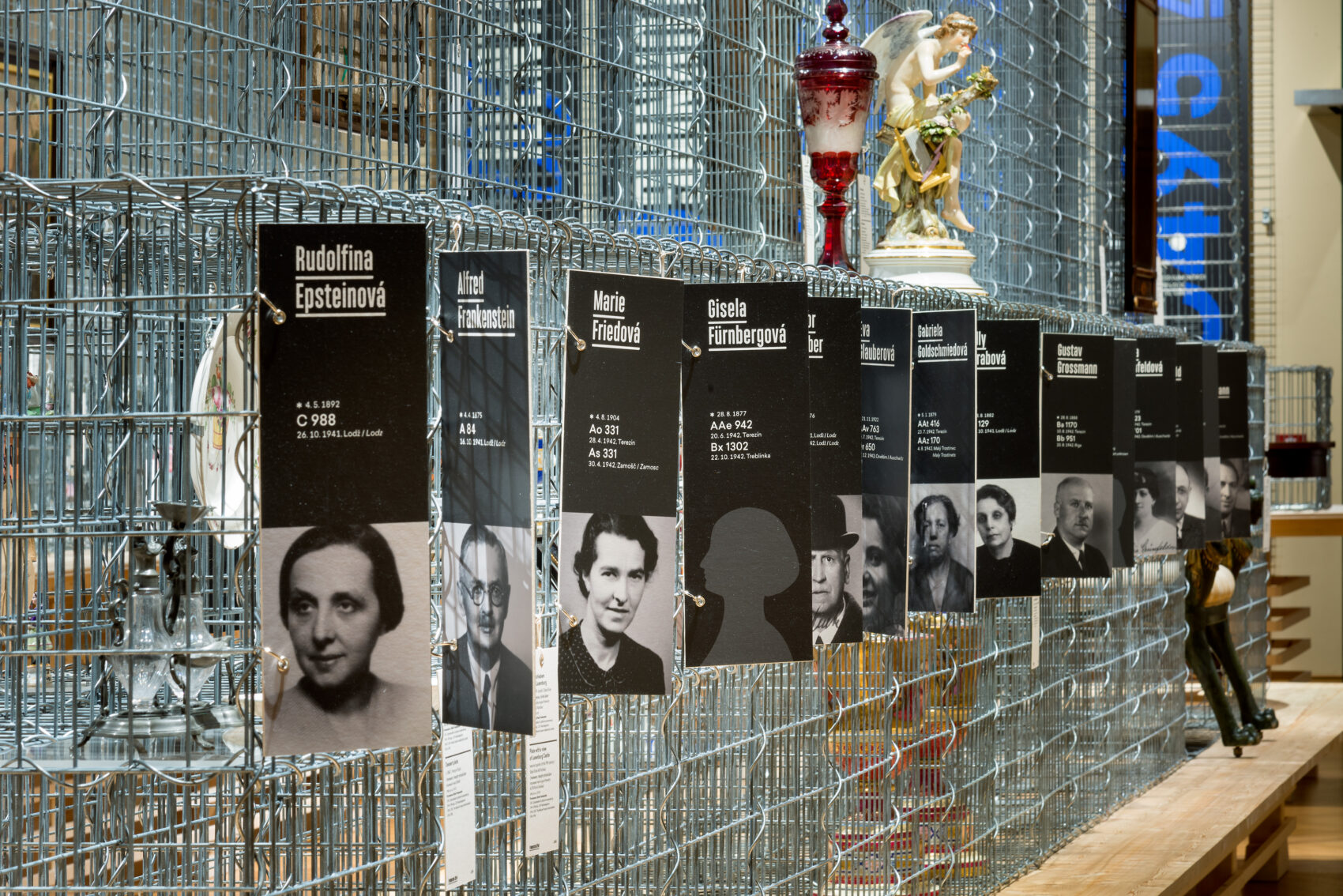
Exhibition held to commemorate 80 years since the introduction of the Nuremberg Laws in the Protectorate of Bohemia and Moravia
Eighty years ago, on 21 June 1939, the Reich Protector Konstantin von Neurath issued a decree introducing the Nazis’ Nuremberg Laws in the Protectorate of Bohemia and Moravia. This ushered in a period of social and property-related persecution of people who were classified as Jews – persecution which in the vast majority of cases culminated in their deportation to concentration and extermination camps, where the deportees ultimately died.
To commemorate 80 years since the establishment of the Protectorate, the introduction of the Nuremberg Laws and the outbreak of the Second World War, an exhibition of items belonging to victims of the Nazi persecution has been organized by the Documentation Centre for Property Transfers of the Cultural Assets of WW II Victims, in collaboration with the Museum of Decorative Arts in Prague, the National Heritage Institut, Area Heritage Administration at castle Sychrov and the National Gallery Prague.
The organizing institutions have decided to display items whose original owners have been identified. The items commemorate the names and lives of their owners – victims of a despotic system which, based on arbitrary criteria, destroyed real human beings (replacing their names with transport numbers) in order to seize their property. These items help – at least partially – to restore their original owners’ identity.
In the large majority of cases, the owners were not collectors in the true sense of the word; they were simply people who had these items in their homes. They lived alongside the items, and they had some kind of personal connection with them. On the other hand – and this is particularly important – the fact that these items have survived means that we have been able to identify the names of their original owners, despite the fact that from autumn 1941 onwards the authorities systematically used transport numbers instead of actual names. The exhibition presents around a hundred named original owners – and of course this is just a tiny fraction of the total number of Protectorate Jews who were murdered during the war. Yet although they are few, it is of profound importance that we remember and commemorate them. Each of these people was unique; each lived their own individual life. Among them were the rich and the poor, factory-owners and small traders, university professors and people with just a basic education, married and unmarried, divorced and widowed, those with families and those who lived alone. Some of them had lived in Czechoslovakia throughout the inter-war period, while others had returned there after living Germany or Ostmark (Austria). Many of them had fled into “rump” Czechoslovakia from the Sudetenland when it was seized by Germany following the Munich Agreement; after finding an apartment or a rented room, they were forced to move once more and live with another Jewish family, as the German authorities had issued a decree that all Jews should be removed from the part of Prague on the left bank of the Vltava River. Of course, this decree was targeted mainly at the owners of villas and apartment blocks in these districts of the city. They inevitably had to leave behind large amounts of their property in their abandoned homes, and today there is absolutely no way of locating this property; it was evidently taken by Reich citizens who moved into the vacated homes in large numbers (or also by Reich institutions, in the case of large villas). The names of the original owners a mother of young children, whose husband was executed for his political resistance activities shortly before the family’s planned deportation. There is also a young woman who was placed on a transport with her parents just a week after her wedding, still listed under her maiden name; her adoring husband voluntarily joined the next transport in order to remain with his wife until their death.
For these reasons, the items presented here are not valuable merely as museum exhibits; above all, their value lies in the fact that they silently commemorate the lives of their original owners, who are long dead. After many years, these items have helped us to restore these original owners’ names and identities.
The Museum of Decorative Arts – main building
17. listopadu 2
110 00 Prague 1
Opening Hours
Wednesday – Sunday 10 a.m.–6 p.m.
Tuesday 10 a.m.–8 p.m.
Monday closed
Addmission
full CZ 150 | concession CZ 80 | family CZ 250
